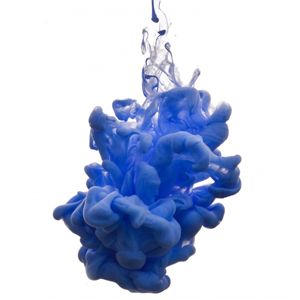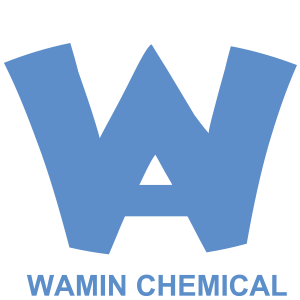|
|
Ink

|
From centuries-old paintings on cave walls to written books, ink is a significant tool that helps us to record not only past messages from the history, but also narrate current events and portray future imaginations.
Ancient civilizations invented various ink formulations for both drawings and writings. For instance, Chinese ink is dated 2,300 years BC. It was made from plants, animals and minerals such as carbon. Later around 250 BC, China developed an inkstick that was composed of wood carbon and animal glue (e.g. fish, bovine, cervid). Durability is a required quality for drawing inks, therefore, a pine’s tree resin was added to the ink in order to make paintings last as long as a century. In Europe, a widely used ink recipe around 5th century was a ferrous sulfate (derived from sulfuric acid treated iron) mixed with a thickener and plant or animal tissues. For Greeks and Romans, inks were simply a combination of charcoal, glue and water. In short, inks comprise of three important ingredients, which are
1. Pigments that give colors to the ink.
2. Resin and glue are used as an adhesive for ink and its transferred medium.
3. Solvents (such as water) help all ingredients to coalesce and homogenize.
Nowadays inks are used less as the digital media has evolved. However, ink consumption trend is on the rise in the packaging industry. New products are launched into the market with fancy and creative packaging to cater different consumer’s needs. There are five major categories of ink according to their functions and uses detailed below.
1. Inkjet
- Required quality: high printing resolutions, low odor or odorless, eco-friendly, nozzle moisture protection, droplet size control and good resin solubility
- Recommended solvents for inkjet are Dowanol PGDA, DPMA, DMM, Butyl Cellsolve Acetate, Butyl Carbitol Acetate
2. Ball Point Pen Ink
- Required quality: high viscosity and surface tension
- Recommended solvent for ball point pen ink is Dowanol EPh
3. Flexographic Ink
- Flexo printing has a polymer plate that allows flexible prints on various mediums e.g. plastics, films, papers, etc. It is widely used in non-porous substrates to preserve air or liquid.
- Recommended solvents for flexo inks are Dowanol PnP, Dowanol PnP. These two P-Series solvents work well with water-based formulations and they are also Isopropyl Alcohol (Isopropanol/IPA) replacement.
4. Gravure Ink
- Rotogravure or gravure printing system uses rotating metal cylinders to transfer inks to print materials such as newspaper, packaging, magazines, postal stamps, films and wallpapers.
- Recommended solvents for water-based gravure inks are Dowanol PnP and Dowanol PnB. For solvent-based gravure inks n-Propanol and n-Propyl acetate are good coupling agents, which replace Toluene for user’s safety and environment saving.
5. Fountain Solution
- This type of ink is suitable for offset printing, which is a horizontal printing system. Oil and water cannot be mixed together in a normal situation. The fountain solution covers non-printing areas of the engraved plate, and the ink is transferred from printing areas on the plate to printed mediums. This system supports high resolution prints such as magazines, brochures, packaging, office forms, etc.
- Recommended solvent is Dowanol PnB as it can reduce dynamic surface tension and replace Isopropyl Alcohol (Isopropanol).
|


